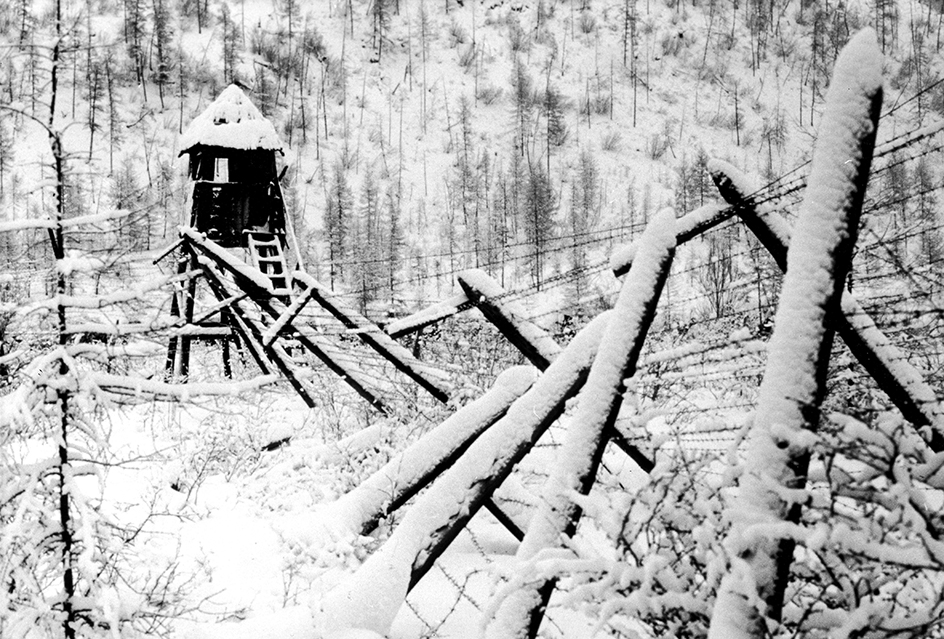Gulag, << goo LAHG or GOO lahg >>, was a system of concentration camps in the Soviet Union. Criminals and political prisoners were forced to work in hundreds of camps scattered throughout the country. Although labor camps had existed in Russia under the czars, the Gulag system flourished under the Communist dictator Joseph Stalin, who rose to absolute power in the Soviet Union in the late 1920’s.

Stalin used the concentration camps to punish political opponents and provide a massive slave labor force. He sent at least 17 million people to the Gulag. Millions of them were executed there or died from starvation and the harsh working conditions in the camps.
After Stalin’s death in 1953, Soviet authorities began to dismantle the camps. The Gulag system finally ended in 1957. However, the Soviet Union maintained a prison system for political opponents until the country broke up in 1991.
The Gulag gained international notoriety in 1973 with the publication of the Russian author Alexander Solzhenitsyn’s The Gulag Archipelago, a study of the Soviet prison camp system. Solzhenitsyn had toiled eight years in the Gulag after being accused of a political crime in 1945.
The term Gulag comes from Glavnoye Upravleniye Lagerei, a Russian phrase meaning Chief Administration of Corrective Labor Camps.
See also NKVD.
